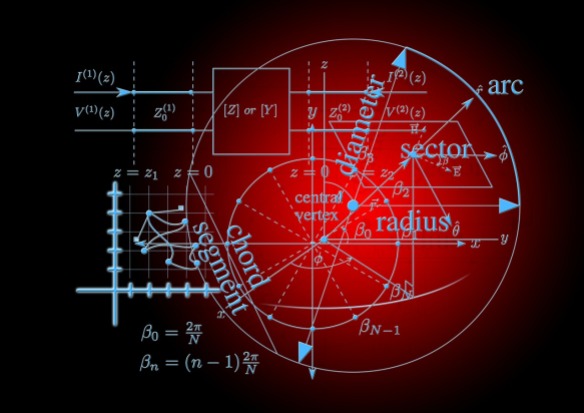Magistrate Judge Paul Grewal ordered the supplemental production of damages information in a patent case based on proportionality and supplemental disclosures. Corning Optical Communs. Wireless v. Solid, Inc., 2015 U.S. Dist. LEXIS 49069, 5-8 (N.D. Cal. April 14, 2015). This is a unique argument that makes a lot of sense: How can the Court decide discovery issues without knowing the value of a lawsuit?
Judge Grewal highlighted a common occurrence in patent infringement litigation: Neither party can say how much the case is worth. Corning, at *2.
Parties are required to give some damages-related information as part of their Rule 26(a) initial disclosures. The Plaintiff in the current case stated for this required disclosure: “No documents related to this calculation exist at this time.” Corning, at *7.
Judge Grewal looked to a quote from Judge Alsup on this issue in patent cases:
Only to the extent that, and only for so long as, the patent plaintiff is unable, despite its Rule 11 obligations, to fully satisfy the Rule 26(a) disclosure requirement, a patent plaintiff is temporarily excused from disclosing a shortfall in information (but it must disclose the rest at the outset). The burden is on the patent plaintiff to explain in its Rule 26 initial disclosures the extent of any such disability and the reason therefor. This must be specific—such as, by way of hypothetical example, ‘despite a diligent pre-suit investigation plaintiff has been unable to learn even an approximation of the extent of sales of the accused product and will seek this data in discovery.’ Again, that some material is as yet unknown does not excuse nondisclosure of what is or should be known. Plaintiff is not required to do the impossible but is required to do the best it can. Just because some items cannot yet be disclosed does not mean that nothing should be disclosed. If the Court later determines that the disclosure should have and could have reasonably been more complete, then, to that extent, preclusion or other sanctions may well be required.
Corning, at *4, citing Brandywine Communs. Techs., LLC v. Cisco Sys., 2012 U.S. Dist. LEXIS 162165, 3 (N.D. Cal. Nov. 13, 2012).
The Defendants in the current case propounded an interrogatory for the Plaintiff to state their “theory of damages, apportionment among the Defendants, the method used to calculate damages including without limitation whether the calculation is based on lost profits, reasonable royalty, or some other measure of damages,” and issues of prejudgment interest. Corning, at *5.
The Court held that the Plaintiff’s response to wait for their expert report was “plainly insufficient.” Corning, at *6-7. The Court explained it needed to know what the case was worth in order to resolve discovery disputes. As the Court summed up: “Proportionality is part and parcel of just about every discovery dispute.” Corning, at *7.
The Court cited to Rule 26(e)’s requirement to supplement initial disclosures based on new information learned in the course of discovery. Id. As such, the Court ordered the Plaintiff to supplement its Rule 26(a)(1)(A)(iii) damages-related disclosures by April 30 (16 days from the date of the order). Id. The Plaintiff was also required to answer the Defendant’s interrogatory, including:
The amount of damages Plaintiff seeks under each of its asserted damages theories (including lost profits, reasonable royalty, interest and any other asserted theory);
Plaintiff’s apportionment of damages between Defendants and each asserted patent;
For each asserted patent, the time period of which Plaintiff seeks damages as a result of the alleged infringement;
To the extent Plaintiff seeks to recover both lost profits and a reasonable royalty, the theory under which it claims such recovery is appropriate;
The witnesses on which Plaintiff intends to rely to support its damages claim;
The documents on which Plaintiff intends to rely to support its damages claim;
To the extent Plaintiff claims that it lost profits as a result of the alleged infringement, the facts on which Plaintiff bases its claim, including the identity and amount of
Plaintiff’s products on which Plaintiff claims to have lost profits; and
To the extent Plaintiff seeks to recover a reasonable royalty, the facts on which Plaintiff bases its claim, including the date of the hypothetical negotiation, any allegedly comparable licenses, the term of the reasonable royalty sought and any other Georgia-Pacific factors on which Plaintiff intends to rely.
Corning, at *7-8.
Bow Tie Thoughts
Proportionality is the key to resolving discovery disputes. I am not a patent litigator, but it is shocking to have litigation where parties cannot give a basic value of damages. Granted, patent litigation is highly complex and specialized. Moreover, computing complex damages is the territory of experts. However, if a case has multiple powerhouse law firms with teams of lawyers billing away, one would hope damage-related disclosures are made earlier in the case, opposed to later.

